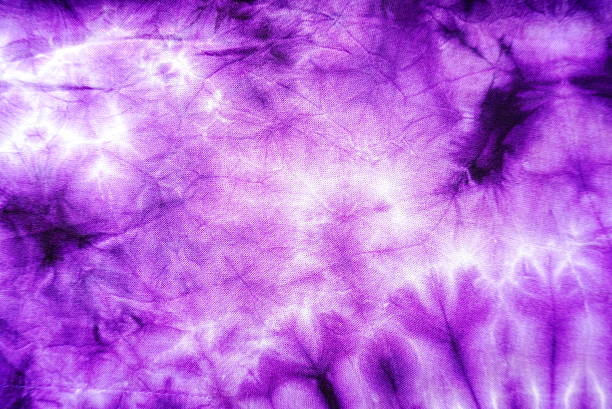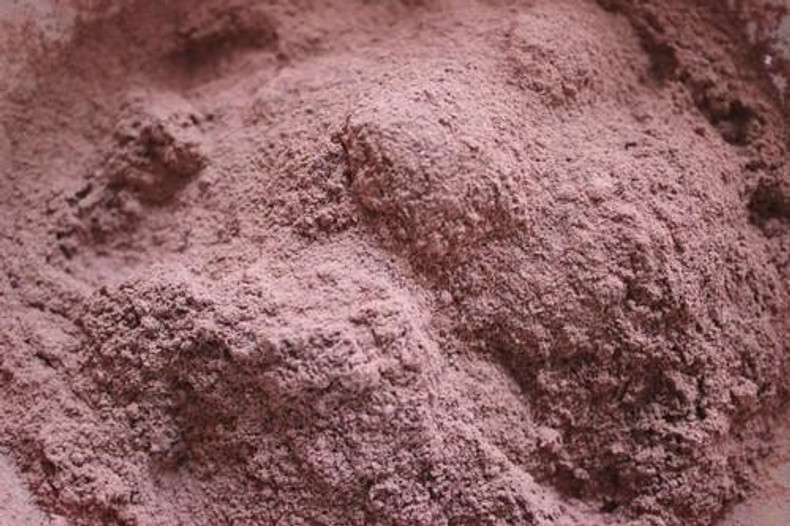
When it comes to embracing a sustainable and eco-friendly lifestyle, exploring natural alternatives becomes essential. One such alternative that has gained popularity in recent years is the use of Mimosa Hostilis Root Bark as a clothing dye. This natural dye offers a unique and eco-conscious way to infuse your wardrobe with vibrant colors. In this blog post, we'll guide you through the process of using Mimosa Hostilis Root Bark as a clothing dye, allowing you to unleash your creatvity while staying true to the environment.
- Gathering and Preparing the Materials: To get started, you'll need the following materials:
- Mimosa Hostilis Root Bark powder (sustainably sourced)
- Natural fabric (such as cotton, silk, or linen)
- Stainless steel pot
- Stirring utensil (wooden or stainless steel)
- Water
- Strainer or cheesecloth
- Rubber gloves
- Citric acid or vinegar (optional, for color fixation)
- Preparing the Dye Bath:
- Fill a stainless steel pot with enough water to cover the fabric you wish to dye. Keep in mind that the fabric needs enough room to move freely within the pot.
- Add the Mimosa Hostilis Root Bark powder to the water. The amount will vary depending on the desired intensity of color and the weight of the fabric. As a general guideline, start with a ratio of 1:3 (1 part bark powder to 3 parts water) and adjust as needed.
- Stir the mixture well to ensure the powder is evenly dispersed.
- Dyeing Process:
- Submerge the fabric into the dye bath, making sure it is fully saturated.
- Place the pot on a stove and slowly bring the water to a simmer. Avoid boiling, as it may affect the color outcome.
- Allow the fabric to simmer in the dye bath for at least one hour, stirring occasionally to ensure even color distribution.
- For more intense colors, you can let the fabric soak in the dye bath overnight.
- Rinse and Fixation:
- After the desired color is achieved, remove the fabric from the dye bath and rinse it thoroughly with cold water to remove excess dye.
- Optional: To fix the color and enhance colorfastness, you can prepare a citric acid or vinegar bath by adding one part citric acid or vinegar to four parts water. Submerge the fabric in the bath for approximately 15 minutes, then rinse again with cold water.
- Drying and Caring for the Dyed Fabric:
- Hang the dyed fabric in a shaded area to dry, away from direct sunlight. This will help preserve the vibrancy of the colors.
- Once dry, you can wash the fabric separately by hand or on a gentle cycle with mild detergent to remove any remaining traces of dye. Avoid using harsh chemicals or bleach, as they can affect the color.
Using Mimosa Hostilis Root Bark as a clothing dye allows you to embrace natural beauty while minimizing your environmental impact. With just a few simple steps, you can transform plain fabrics into vibrant works of wearable art. By incorporating this eco-friendly dyeing method into your lifestyle, you can showcase your unique style while contributing to a more sustainable fashion industry. So, why not explore the natural world of Mimosa Hostilis Root Bark dyeing and infuse your wardrobe with colors that not only look great but also feel great for the planet?

